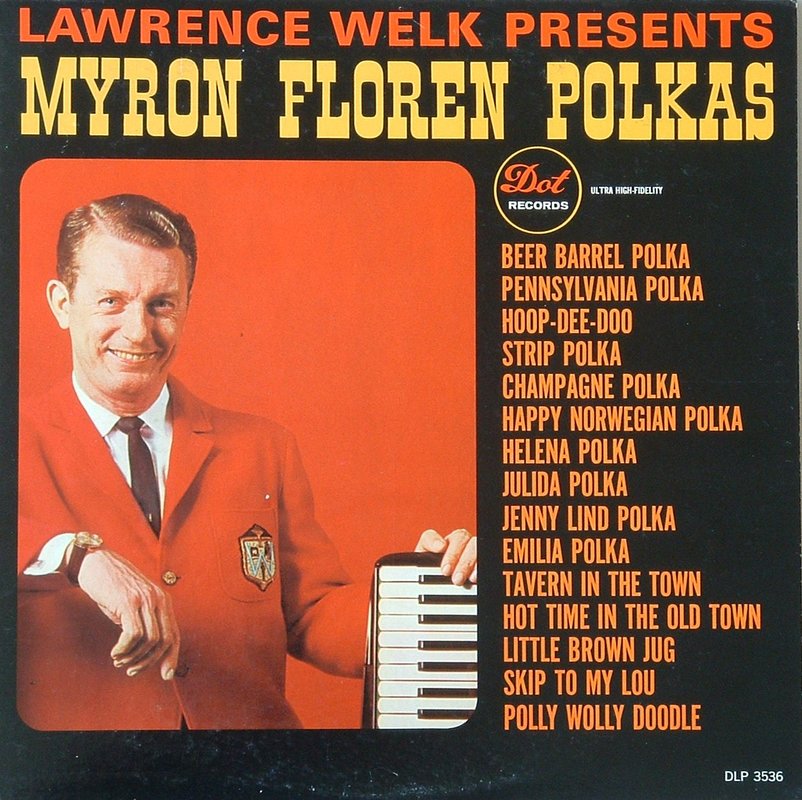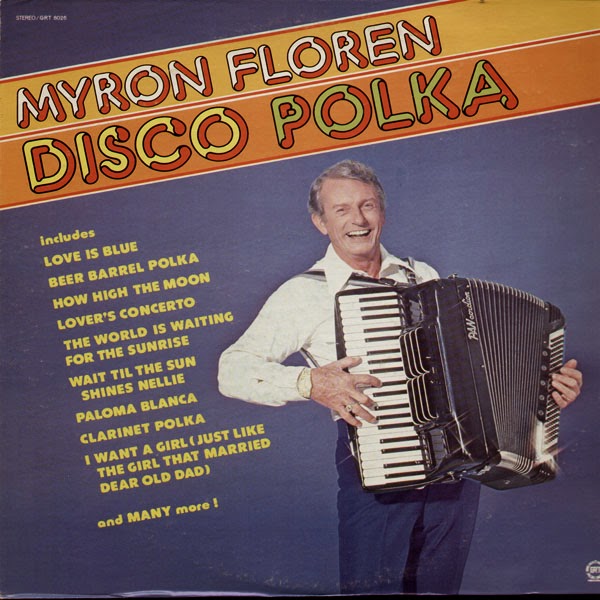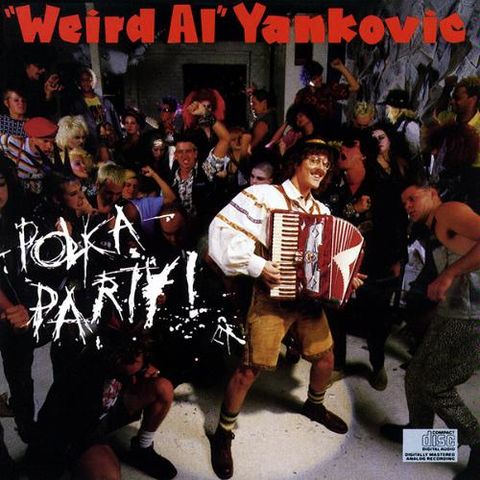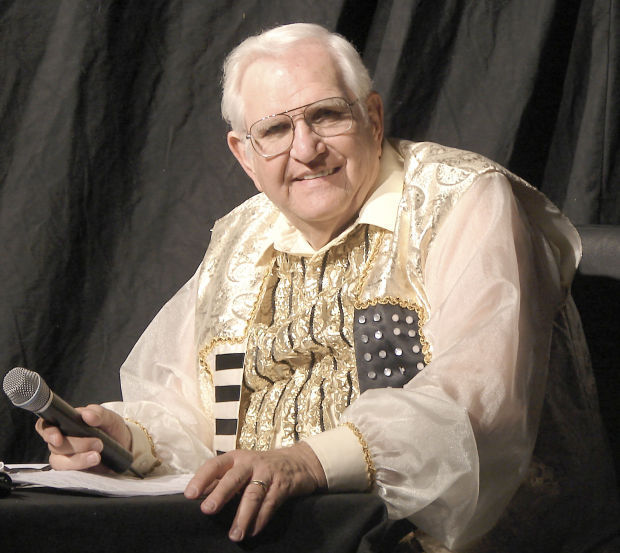

Growing up in rural West Tennessee, I wasn’t exposed to very much polka music. For years my only real exposure to polka was the occasional Myron Floren song on the Lawrence Welk Show. My next exposure to polka that had any impact on me was when a Camelot Music store opened at our local mall. This store had a wider variety of albums than the JC Penny and Sears stores in the mall. They even had an international section that included a few polka albums. I never listened to them, but I could tell from their album artwork, the accordion figured into polka music. “Weird Al” Yankovic was probably my next exposure with his occasional polka versions of rock songs but I don’t think that should really count. The Shmenge Brothers skits on the SCTV television show was probably the most authentic exposure to real polka although I didn’t really appreciate it. It wasn’t until I saw the Big Joe Polka Show that I got a real idea of what polka was about.




In the early 2000’s, I discovered the RFD channel on our satellite system. I watched this channel because they showed reruns of Hee Haw. One night after one of those episodes, The Big Joe Polka Show came on and I started watching. I was amazed at the whole polka culture that was shown on these programs. Old people and young kids dancing in circles. Some of the couples wore matching outfits. Some had special vests with lettering on the back identifying where they were from or indicating they were in a polka club or group. I really enjoyed watching these people dance. It didn’t matter if they were good or not. It was also interesting to see people sitting at tables next to the dance floor knocking back a few beers at this multi-generational gathering. Not something I would normally see in my rural community.
The host of the show was a big likeable guy named Joe Siedlik who promised “Happy music for happy people.” His wore a vest and a ruffled shirt. One side of the vest next to the opening in front looked like an accordion keyboard and the other side looked like the bass buttons. The ruffles on his shirt looked like the bellows of an accordion.
I discovered that the polka band was about more than just an accordion. Just like the Shmenge’s, most of these bands featured a clarinet. The instrumentation varied from group to group. Some had trumpets and tubas, some had keyboards. Some had an upright bass and some had an electric bass. One had a young girl named Molly B. who played a keyboard and a trumpet at the same time. Almost all had an accordion.
While watching, I noticed a pattern to the show. They would show a series of bands performing but each band would only play three songs. During the live shows they probably played more but to have variety for the television show, they limited what they showed to three. Typically the first and last songs were polkas and the middle song was a waltz. The type of music didn’t affect the dancers very much. They seemed to go at about the same pace and the songs usually have about the same tempo. One night I was watching a band that had a woman playing the bass guitar. A man was playing a keyboard and singing. I don’t remember what other instruments were in the band. I wasn’t playing close attention that night. But as the band started playing their second song, the tune of this waltz sounded familiar. I recognized it was the tune to the gospel song “One Day At A Time.” I noticed it because I don’t know any of these songs and they all sound the same. It’s hard for me to tell the difference between the polkas and the waltzes. As the song continued, it soon became obvious that it was “One Day At A Time.” Growing up in a community where many of the churches frowned on dancing, I could see the people I grew up with having a real problem with dancing to a waltzing to a religious song next to a beer garden.
If you are not familiar with the song “One Day At A Time” the lyrics to the first verse start with,
I’m only human
I’m just a woman
Normally when it is sung by a man, the second line is replaced with,
I’m just a man
When the man playing the keyboard sang these lines he said,
I’m only human
She’s just a woman
When he said the second line, he nodded his head toward the woman playing the bass. I thought this was an odd choice that completely changed the meaning of the line. Instead of being an acknowledgement of an individual’s lowly state, it became an exercise in gender identification.
I would watch Big Joe off and on over the years. He died in 2015 and I’ve never seen any reruns of his show on RFD. But they did give Molly B her own show.


